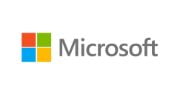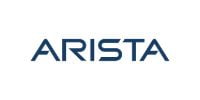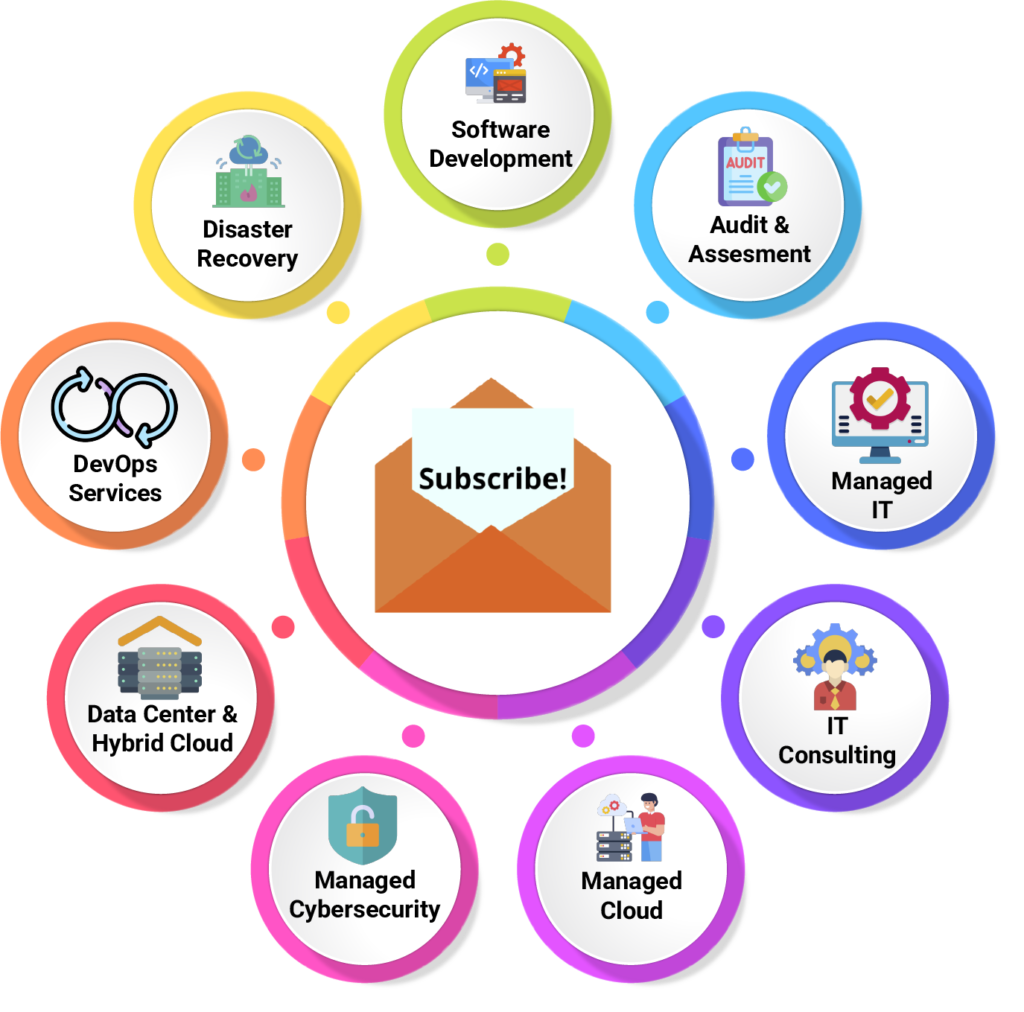In our previous blog, we gave you 3 options on how you can choose the best antimalware solution, and in this blog, we will discuss the types of memories and the booting process of a cisco router. Cisco Router is a networking device that is mainly used to route and forward the data traffic between the devices. It does not just rely on a hard disk for storage, but on various types of memory with a specific purpose. This blog will give us the types of storage areas, and their roles and responsibilities. In the addition to the same, we will have a look at the booting process of a router.
Types of Memories in a Cisco Router
ROM (Read Only Memory)
It is a non-volatile memory or permanent storage which is available on the router’s motherboard. Content in the ROM is readable only and cannot be changed. It can retain the information stored in it even after power removal.
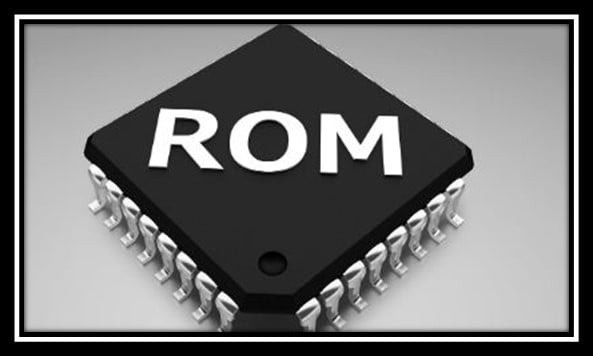
ROM usually contains bootstrap software, power-on self-test programs, ROMMON mode, and Mini OS.
RAM (Random Access Memory)
It is a volatile or non-permanent memory installed on the router’s motherboard. It means once the power goes off, RAM loses the information stored in it.
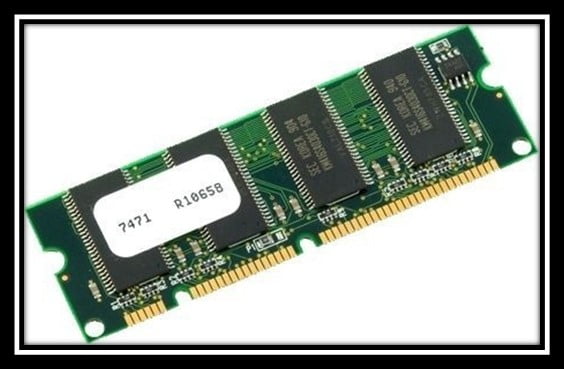
There are two parts of RAM; Shared I/O Memory & Main Processor Memory. Shared I/O memory is used to temporarily buffer the packets before processing. In the Main Processor Memory routing table, ARP table, router running configuration are stored.
NVRAM (Non-Volatile Random-Access Memory)
As the name says, it is a non-volatile or permanent type of RAM, which exists on a router’s Motherboard. It is used to store the Startup configuration of the router.
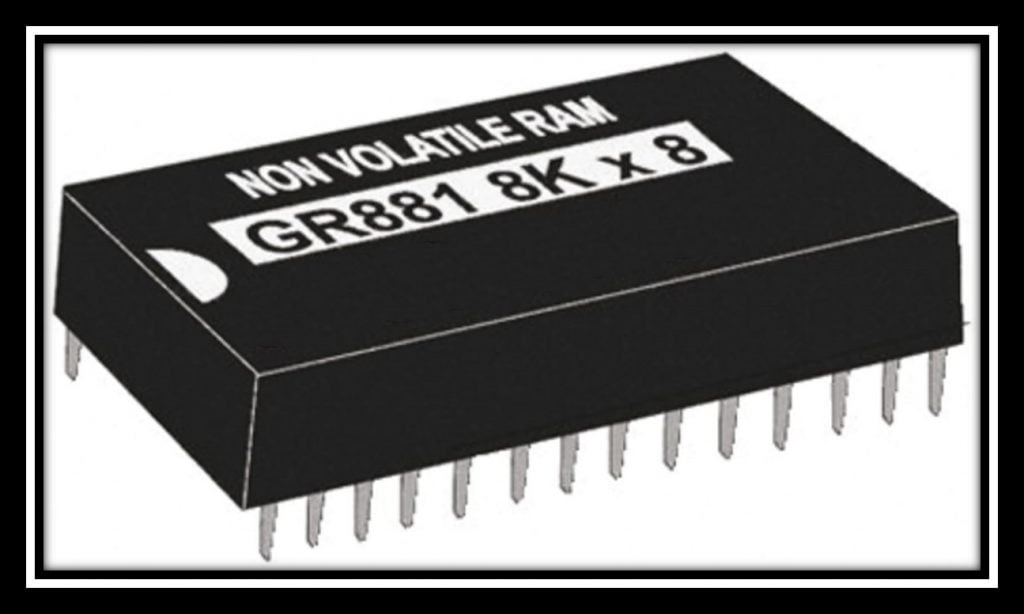
Whenever we do any configuration and save it, it goes into NVRAM and when the router boots up, it checks for a configuration file in the NVRAM. If Router gets the configuration file, it loads the startup configuration otherwise router opens into the setup mode.
Flash
It is also called EEPROM which stands for Electrically Erasable Programmable Read-Only Memory which can be erased and reprogrammed.
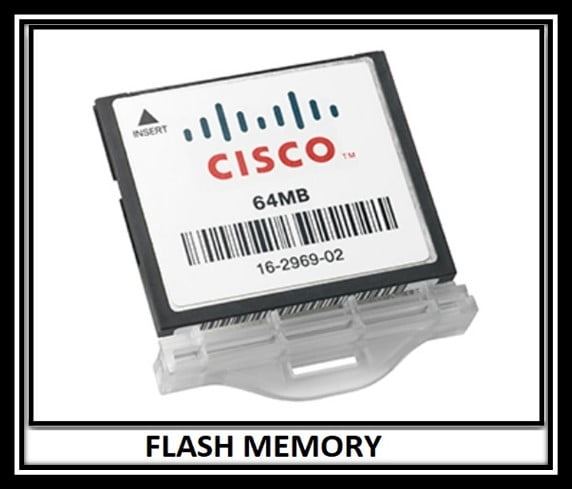
Flash is commonly used to store IOS software images, configuration files, etc.
Booting Process of a Cisco Router
When a router is powered on, it goes through 3 main stages/steps during the bootup process. These steps are:
POST
Find and load IOS.
Find and load device configuration file.
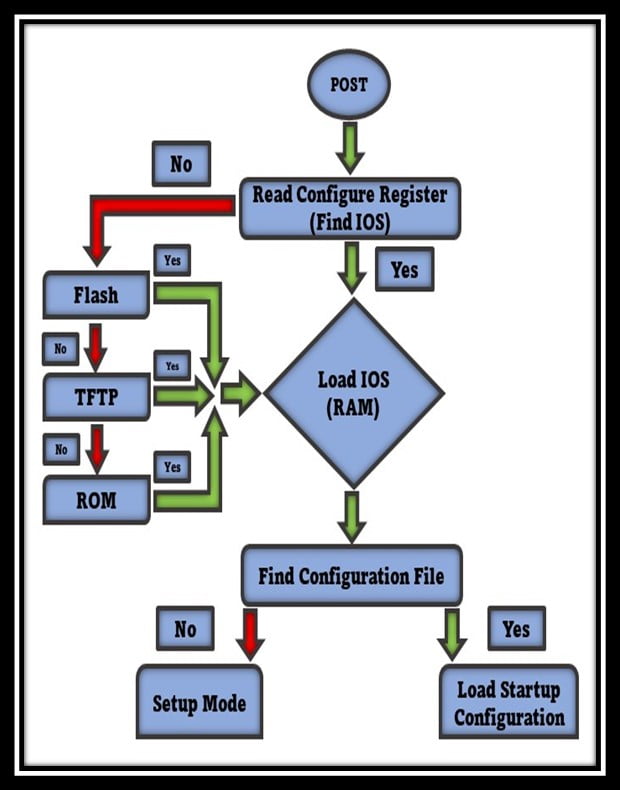
POST (Power on Self-Test)
When the router is switched on, software present on the ROM chip conducts POST, POST is performed to check the hardware components of the device. Whether those are functioning properly or not.
Find and Load IOS.
After the POST, the Bootstrap program is loaded and run. Bootstrap checks the configure register value to understand how the device will boot up. According to the configured register value, it decides further. If it gets an IOS it loads the IOS in the RAM and moves to the next steps.
IOS image will be searched in the Flash memory and if found, it will be loaded in the RAM.
If not, it will be searched in the TFTP server, if found, it will be loaded in the RAM. TFTP configuration must exist on the router.
If not, it will search for mini-IOS in the ROM and loaded into the RAM. With the help of mini-IOS, the main IOS can be downloaded from Flash.
Find And Load Device Configuration File.
Once IOS is loaded into the RAM, it tries to find and load the configuration file (Startup Configuration) from the NVRAM to RAM.
If the startup configuration file is found in the NVRAM, it loads the system configuration file into the RAM.
If not, Routers enters in setup mode i.e., initial configuration mode, and shows System Configuration Dialog.
Now that we have gone through the types of memories you will have a better understanding of the functionality of each type of memory, its specifications, and why each type is essential in the working of a Cisco Router, and this can help you realize the operation of the Cisco router from a hardware perspective. We have also discussed the booting process of a Cisco router which is crucial to fully understand so that it enables you to save valuable hours when troubleshooting any issues during the boot procedure.
Troubleshooting hardware issues in a lab environment can be fun to learn but the same can be daunting in a production environment where the entire data center services are dependent on your device so for such situations Zindagi Technologies offers data center services, operations, and managed services. You can also give us a call on +919773973971.
Author
Ankesh Singh
Network Consultant Engineer



